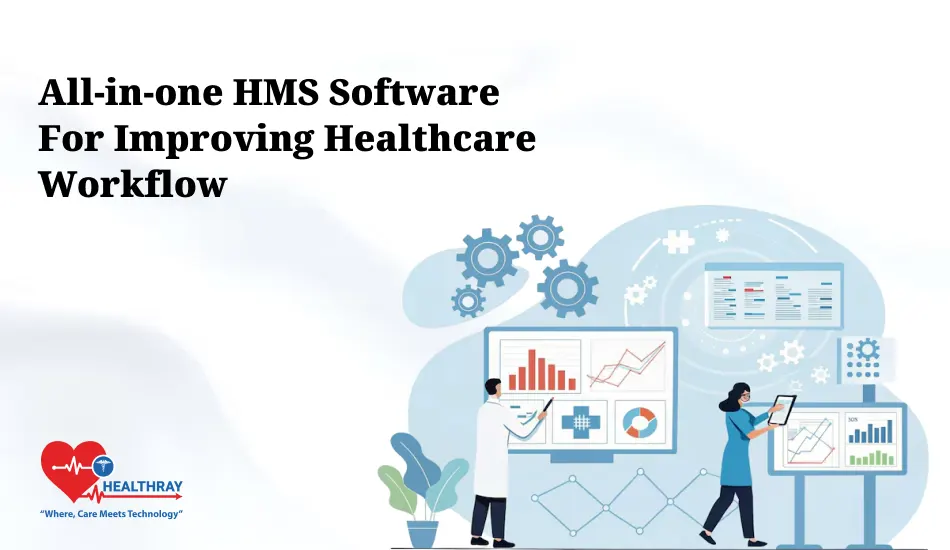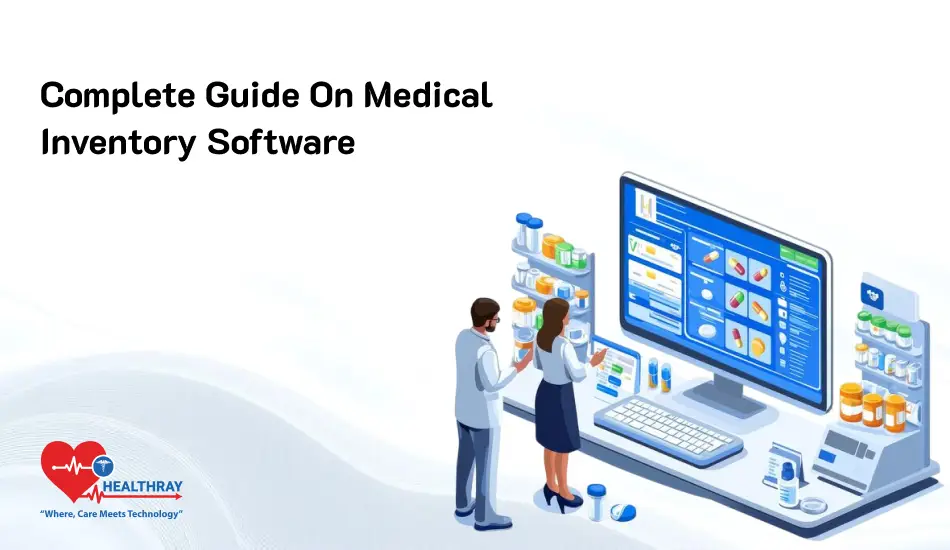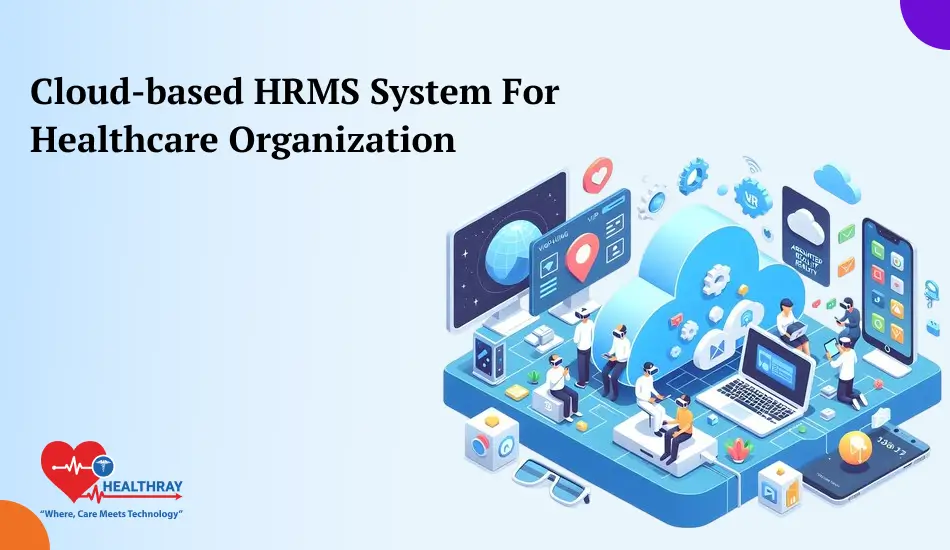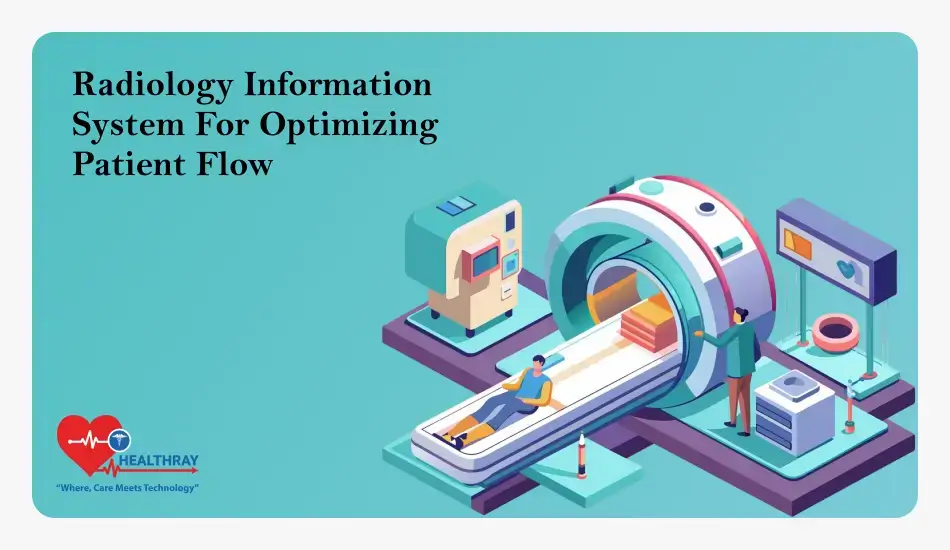A hospital management system: what is it?
According to a survey, 35% of healthcare providers’ time is spent recording patient information. In a hospital, paperwork is inevitable, but it can be automated to lessen the workload for physicians and staff. In addition to this, a hospital has hundreds of other procedures that operate in parallel. The hospital management software is a one-stop shop for managing data transfers and hospital procedures. It can be used to digitise and streamline tasks such as:
- Management of patient records
- Monitoring and overseeing appointments
- Keeping personnel records up to date
- Insurance claims and billing.
All things considered, an HMS aids in enhancing the hospital’s service quality and patient experience. Additionally, it is employed to increase income and reduce operating costs.
The Function of Technology in Contemporary Healthcare
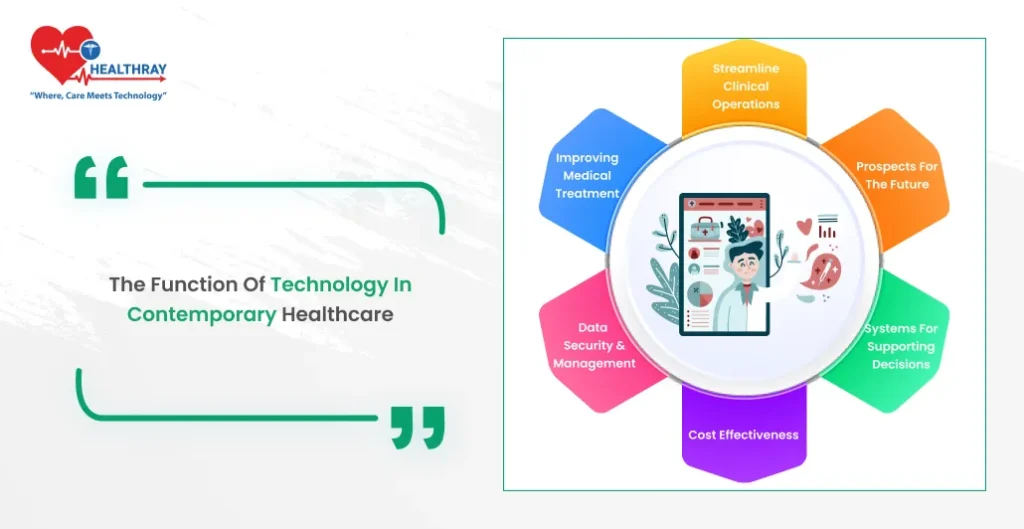
In the quickly evolving world of contemporary healthcare, machines are essential to improving the efficacy and efficiency of medical care. Maintaining the importance of integrating the most cutting-edge systems into daily operations is imperative. Organisational performance, patient care, and compliance with healthcare legislation are all enhanced by hospital management software providers. In order to improve efficiency and the quality of care provided, these systems will inevitably be a part of hospitals wherever they are used properly. Join our team as we take you on this journey to discover why HMS are essential in today’s healthcare environment.
Streamline clinical operations
Hospital Information Systems (HMS) are IT solutions that are designed to maintain the daily operations of a medical institution. These machines are used to streamline hospital activities, such as patient management and hospital services, and administration will also be automated. These systems cover scheduling, billing, patient records, and inventory, among other areas, with the goal of making previously manual and time-consuming processes more accessible. In addition, the hospital management system software manages to improve hospital operation processes, minimise the number of mistakes, and allow the medical centre staff to focus on patient care instead of administrative duties.
Improving medical treatment
Another benefit of having a hospice medical program is receiving high-quality medical care. Healthcare software gives medical professionals fast access to a patient’s whole medical history, including whether the patient is receiving therapy, medicine, or a treatment prognosis. The time it takes to obtain the data and possible outcomes of a precise diagnosis and a customised treatment plan is reduced by this accessibility. Additionally, HMS can assist in monitoring the patient’s progress, controlling the way medications are administered, and scheduling follow-up appointments so that the patient is fully treated and all care procedures are coordinated.
Data security and management
In a time when data is king, handling vast amounts of patient data that are private for healthcare professionals is a major challenge. The CTO talks about the architecture of the HMS data management system, which guarantees both performance and security. To prevent unwanted access and security breaches, these systems employ strong encryption and data protection protocols to safeguard sensitive data, such as medical records. The management of information integrity and dependability, which is beneficial for health sector research and development as well as policymaking, is another benefit of data centralisation.
Cost Effectiveness
One of the most preeminent outcomes of the hospital-wide management system (HMS) in a hospital is the decrease in the costs of medical care. Hospitals can free themselves from the dependence on manual labor that wastes manpower resources through automation of repetitive activity; as a result, there will be a reduced need for hiring and resourcing. HMS can help managers achieve proper inventory management, avoiding overstocks or stockouts of crucial medical equipment and medication.
Systems for Supporting Decisions
Decision-making aids, which are designed to help healthcare providers make tried-and-true decisions, are one of the instruments utilised in contemporary HMS Software. This procedure is used to expedite the diagnosis (or treatment) process and improve the accuracy and efficiency of personalised health solutions. Consider how an HMS can suggest certain diseases based on a patient’s symptoms and medical history, or how a doctor might be informed that a patient to whom they have been assigned may experience a negative reaction to a prescription.
Prospects for the Future
The technologies that allow this technology to achieve its full potential include artificial intelligence (AI) and machine learning. Resource planning and patient admission rates can be assembled with the help of predictive analysis.
Boosting Clinical Workflow while Putting Patient Care First
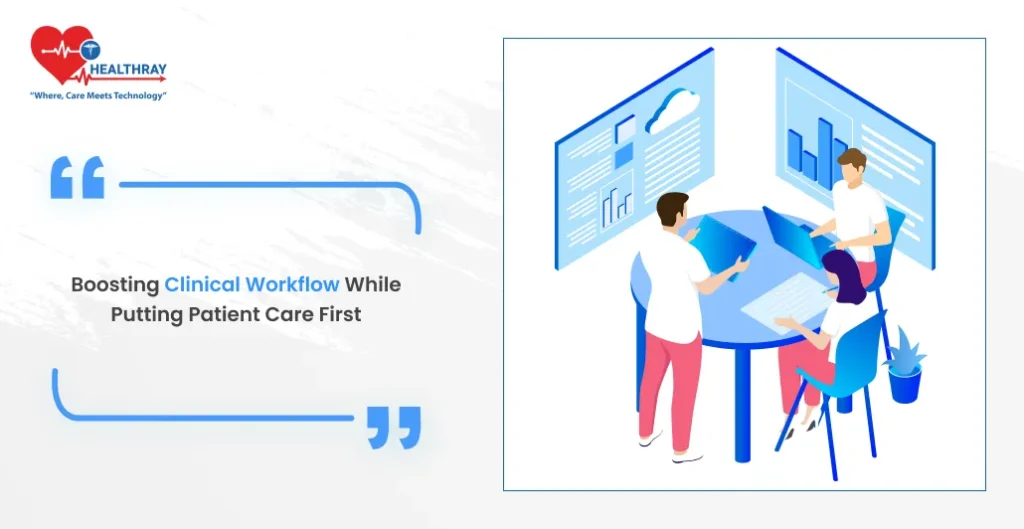
Each year, thousands of clinical photos and films are taken by clinicians. Health care companies require an effective method to guarantee that medical information is securely kept while being readily available for consultations, procedure reviews, instruction, and quality improvement projects.
Having the appropriate visual information at the proper moment, free from distractions, is crucial while carrying out intricate tasks. As a result, nurses and clinicians want tools and solutions that let them focus on all the crucial aspects.
With the help of our products, medical professionals can easily take full-HD photos and films that can be edited, safely saved, shared, and viewed at any time from any location within the hospital or hospital chains.
Helping Clinicians and Nurses Meet the Changing Needs in the Healthcare Environment
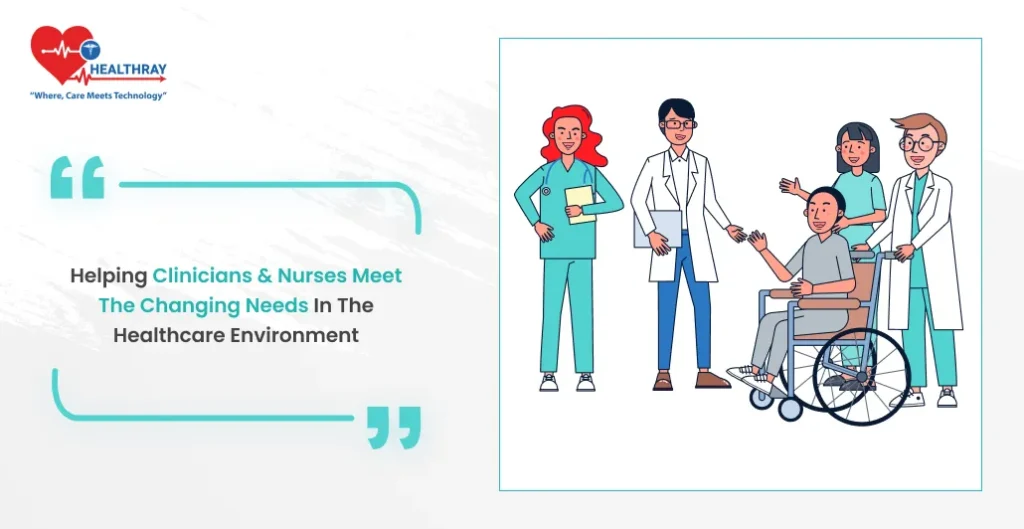
Enables clinical teams to perform procedures with confidence and accuracy by offering outstanding picture and video quality.allows for quick, well-informed decision-making by integrating data and images with the HIS, PACS, and VNA systems. Promotes collaboration between patients and colleagues.
The application offers clinical teams relevant images, videos, and information. Allows clinical staff to focus on the patient and procedure by eliminating distractions and possibly reducing stress using intuitive technology.
Makes it easy to capture, edit, and share all presentations and media assets across the hospital or hospital networks to facilitate learning. It also increases efficiency and reduces the learning curve with one intuitive interface.
Conclusion
Hospital management systems have more than benefits. They are the backbone of the modern health care system. Thus, the EHR system is a foundation that will help to standardize several processes for operational effectiveness, provision of individualized care, security, and many other reasons. As technology continues to advance, so will the use of HMS, which will greatly change the face of the healthcare industry and create a new benchmark for the management and delivery of patient care. Today, precision and efficiency are the biggest concerns. It is sensible to believe that the role of HMS in healthcare will continue to gain importance.


